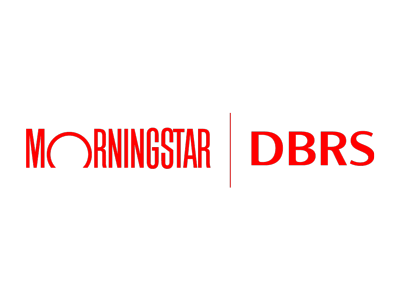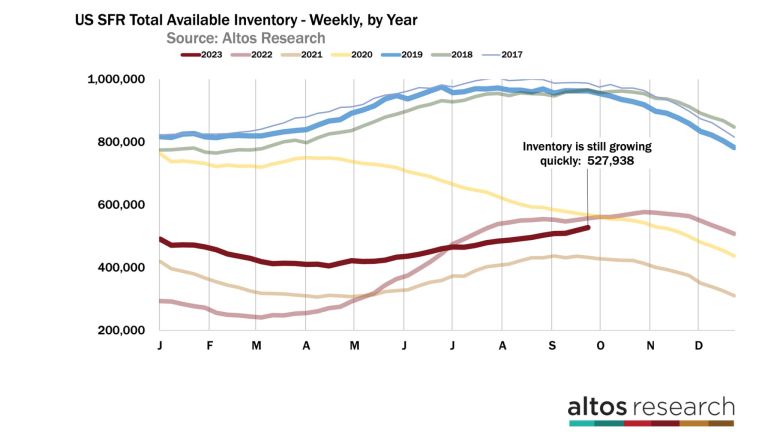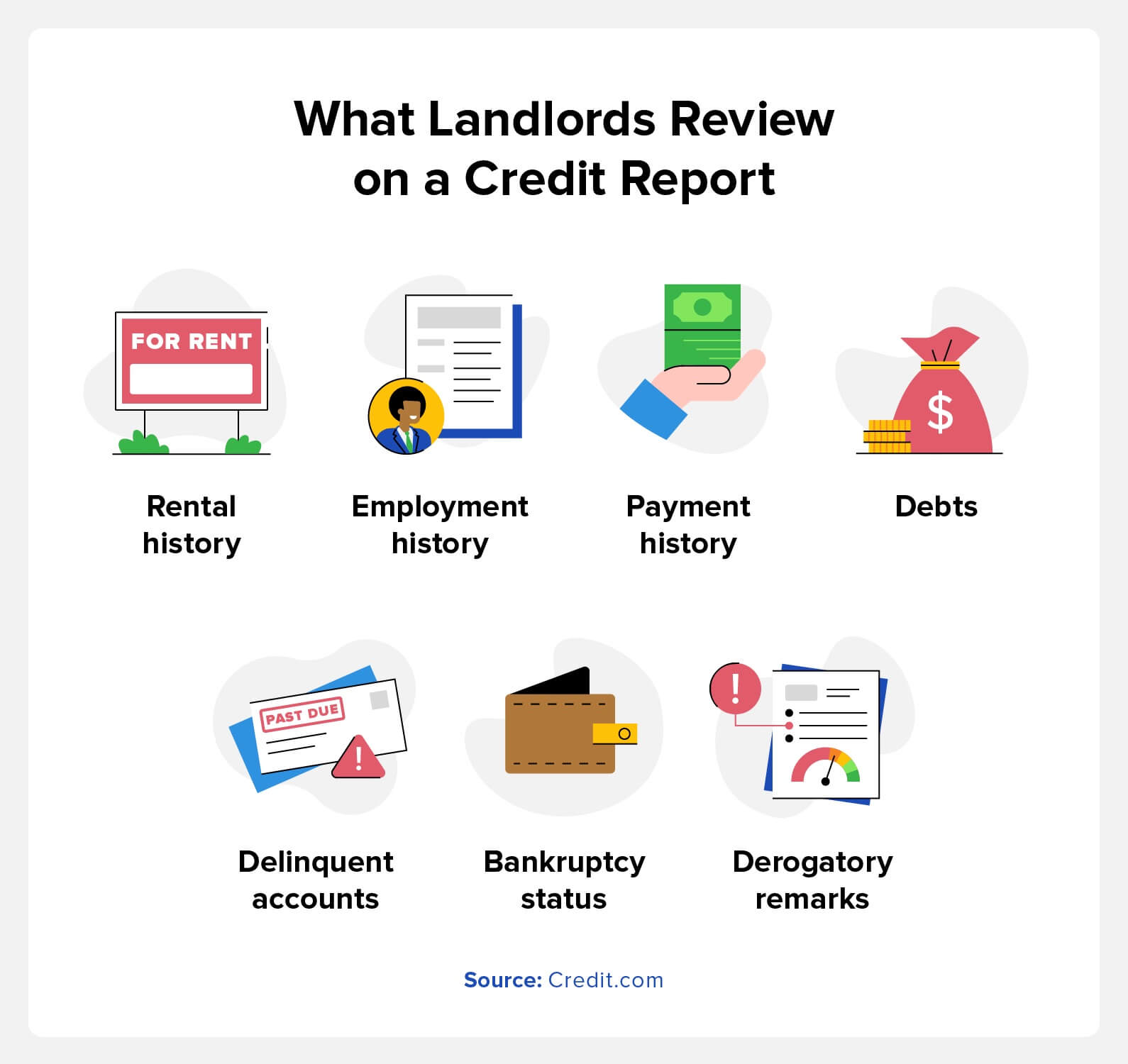
There are two sides to inflation for consumers: The rising cost of goods and services means that the basic cost of living rises for most people. But the right amount of inflation can spur production and economic growth.
Deciding whether inflation is good or bad therefore depends on how various factors might play out in different economic sectors.
What Is Inflation?
Inflation is an economic trend in which prices for goods and services rise over time. The Federal Reserve uses different price indexes to track inflation and determine how to shape monetary policy.
Generally speaking, the Fed targets a 2% annual inflation rate as measured by pricing indexes, including the Consumer Price Index. Historically, though, the inflation rate has been about 3.3%.
Rising demand for goods and services can trigger inflation when there’s an imbalance in supply. This is known as demand-pull inflation.
Cost-push inflation occurs when the price of commodities rises, pushing up the price of goods or services that rely on those commodities.
Asking whether inflation is bad isn’t the right lens for this economic factor. Inflation can have both pros and cons for consumers and investors. Understanding the potential effects of inflation can maximize the positives while minimizing the negatives.
💡 Quick Tip: How do you decide if a certain trading platform or app is right for you? Ideally, the investment platform you choose offers the features that you need for your investment goals or strategy, e.g., an easy-to-use interface, data analysis, educational tools.
Is Inflation Good or Bad?
Answering the question of whether inflation is good or bad means understanding why inflation matters so much. The Federal Reserve takes an interest in inflation because it relates to broader economic and monetary policy.
Some level of inflation in an economy is normal, and an indication that the economy is continuing to grow. While inflation has remained relatively low over the past decade, it has historically seen the most change during or right after recessions.
The Fed believes that its 2% target inflation rate encourages price stability and maximum employment.
Recommended: 7 Factors That Cause Inflation
Broadly speaking, high inflation can make it difficult for households to afford basic necessities, such as food and shelter. When inflation is too low, that can lead to economic weakening. If inflation trends too low for an extended period of time, consumers may come to expect that to continue, which can create a cycle of low inflation rates.
That sounds good, as lower inflation means prices are not increasing over time for goods and services. So consumers may not struggle to afford the things they need to maintain their standard of living. But prolonged low inflation can impact interest rate policy.
The Federal Reserve uses interest rate cuts and hikes to keep the economy on an even keel. For example, if the economy is in danger of overheating because it’s growing too rapidly, or inflation is increasing too quickly, the Fed may raise rates to encourage a pullback in borrowing and spending.
Conversely, when the economy is in a downturn, the Fed may cut rates to try to promote spending and borrowing.
When both inflation and interest rates are low, that may not leave much room for further rate cuts in an economic crisis, which may spur higher employment rates. If prices for goods and services continue to decline, that could lead to a period of deflation or even a recession.
So, is inflation good or bad? The answer is that it can be a little of both. How deeply inflation affects consumers or investors — and who it affects most — depends on what’s behind rising prices, how long inflation lasts, and how the Fed manages interest rates.
What Is Core Inflation?
Core inflation measures the rising cost of goods and services in the economy, but excludes food and energy costs. Food and energy prices are notoriously volatile, even though demand for these staples tends to remain steady.
Both food and energy prices are partly driven by the price of commodities — which also tend to fluctuate, owing to speculation in the commodities markets. So the short-term price changes in these two markets make it difficult to include them in a long-term reading of inflationary trends: hence the core inflation metric.
The Consumer Price Index and the core personal consumption expenditures index (PCE) are the two main ways to measure underlying inflation that’s long term.
Who Benefits from Inflation?
The Federal Reserve believes some inflation is good and even necessary to maintain a healthy economy. The key is keeping inflation rates at acceptable levels, such as the 2% annual inflation rate target. Staying within this proverbial Goldilocks zone can result in numerous positive impacts for consumers and the economy in general.
That said, the core inflation rate began to climb out of that range in Q1 of 2021, and reached a peak of about 9.02% in June 2022. As of Q3 2023, the inflation rate has eased down in the 4.0% range, according to data from the Consumer Price Index.
Inflation Pros
Sustainable inflation can yield these benefits:
• Higher employment rates
• Continued economic growth
• Potential for higher wages if employers offer cost-of-living pay raises
• Cost-of-living adjustments for those receiving Social Security retirement benefits
The danger, of course, is that inflation escalates too rapidly, requiring the Federal Reserve to raise interest rates as a result. This increases the overall cost of borrowing for consumers and businesses.
Who Is Inflation Good For?
Inflation can benefit certain groups, depending on how it impacts Fed shapes monetary policy. Some of the people who can benefit from inflation include:
• Savers, if an interest rate hike results in higher rates on savings accounts, money market accounts or certificates of deposit
• Debtors, if they’re repaying loans with money that’s worth less than the money they borrowed
• Homeowners who have a low, fixed-rate mortgage
• People who hold investments that appreciate in value as inflation rises
💡 Quick Tip: Distributing your money across a range of assets — also known as diversification — can be beneficial for long-term investors. When you put your eggs in many baskets, it may be beneficial if a single asset class goes down.
Who Does Inflation Hurt the Most?
Some of the negative effects of inflation are more obvious than others. And there may be different consequences for consumers versus investors.
Inflation Cons
In terms of what’s bad about inflation, here are some of the biggest cons:
• Higher inflation means goods and services cost more, potentially straining consumer paychecks
• Investors may see their return on investment erode if higher inflation diminishes purchasing power, or if they’re holding low-interest bonds
• Unemployment rates may climb if employers lay off staff to cope with rising overhead costs
• Rising inflation can weaken currency values
Inflation can be particularly bad if it leads to hyperinflation. This phenomenon occurs when prices for goods and services increase uncontrolled over an extended period of time. Generally, this would mean an inflation growth rate of 50% or more per month. While hyperinflation has never happened in the United States, there are many examples from different time periods around the world: For example, Zimbabwe experienced a daily inflation rate of 98% in 2007-2008, when prices doubled every day.
Recommended: How to Protect Yourself From Inflation
Who Is Inflation Bad For?
The negative impacts of inflation can affect some more than others. In general, inflation may be bad for:
• Consumers who live on a fixed income
• People who plan to borrow money, if higher interest rates accompany the inflation
• Homeowners with an adjustable-rate mortgage
• Individuals who aren’t investing in the market as a hedge against inflation
Inflation and higher prices can be detrimental to retirees whose savings may not stretch as far, particularly when health care becomes more expensive.
If the cost of living increases but wages stagnate, that can also be problematic for workers because they end up spending more for the same things.
Recommended: Cost of Living by State Comparison (2023)
Get up to $1,000 in stock when you fund a new Active Invest account.**
Access stock trading, options, automated investing, IRAs, and more. Get started in just a few minutes.
**Customer must fund their Active Invest account with at least $10 within 30 days of opening the account.
Probability of customer receiving $1,000 is 0.028%. See full terms and conditions.
How to Invest During Times of Inflation
While inflation is an investment risk to consider, some investing strategies can help minimize its impact on your portfolio.
How to Protect Your Money From Inflation
The first step is to understand that inflation rates may be variable from year to year, but the upward trend in the cost of goods and services is typically a factor investors must contend with. Essentially, if inflation is historically about 2% per year, it’s ideal to look for returns above that.
For example, while savings accounts may yield more interest if the Fed raises interest rates, investing in stocks, exchange-traded funds (ETFs) or mutual funds could generate higher returns, though these investments also come with a higher degree of risk.
• Diversification. Having a diversified portfolio that includes a mix of stock and bonds and other asset classes may help mitigate the impact of inflation.
• Always be aware of investment costs and the impact of taxes and fees. Minimizing investment costs is a time-honored way to keep more of what you earn.
• Investing in Treasury-Inflation Protected Securities (TIPS). TIPS are government-issued securities designed to generate consistent returns regardless of inflationary changes.
• If prices are rising, that can increase rental property incomes. You could benefit from that by investing in real estate ETFs or real estate investment trusts (REITs) if you’d rather not own property directly.
• Compounding interest allows you to earn interest on your interest, which is key to building wealth.
• Dollar-cost averaging means investing continuously, whether stock prices are low or high. When inflationary changes are part of a larger shift in the economic cycle, investors who dollar-cost average can still reap long term benefits, despite rising prices.
The Takeaway
Inflation is unavoidable, but you can take steps to minimize the impact to your personal financial situation. Building a well-rounded portfolio of stocks, ETFs and other investments is one strategy for keeping pace with rising inflation. Being aware of how taxes and fees can impact your returns is another way to keep more of what you earn.
Ready to invest in your goals? It’s easy to get started when you open an investment account with SoFi Invest. You can invest in stocks, exchange-traded funds (ETFs), and more. SoFi doesn’t charge commissions, but other fees apply (full fee disclosure here).
Invest with as little as $5 with a SoFi Active Investing account.
FAQ
How is economic deflation different from inflation?
Deflation is when the cost of goods and services trends downward rather than upward (the sign of inflation). Deflation can be positive for consumers, as their money goes further, but prolonged deflation can also be a sign of a contraction.
How do homeowners benefit from inflation?
Typically tangible assets like real estate tend to increase in value over time, even in the face of inflation. Currency, on the other hand, tends to lose value.
How does the government measure inflation?
The Bureau of Labor Statistics produces the Consumer Price Index (CPI), based on the change in cost for a range of goods and services. The CPI is the most common measure of inflation.
Photo credit: iStock/AJ_Watt
SoFi Invest®
The information provided is not meant to provide investment or financial advice. Also, past performance is no guarantee of future results.
Investment decisions should be based on an individual’s specific financial needs, goals, and risk profile. SoFi can’t guarantee future financial performance. Advisory services offered through SoFi Wealth, LLC. SoFi Securities, LLC, member FINRA / SIPC . SoFi Invest refers to the three investment and trading platforms operated by Social Finance, Inc. and its affiliates (described below). Individual customer accounts may be subject to the terms applicable to one or more of the platforms below.
1) Automated Investing—The Automated Investing platform is owned by SoFi Wealth LLC, an SEC registered investment advisor (“Sofi Wealth“). Brokerage services are provided to SoFi Wealth LLC by SoFi Securities LLC, an affiliated SEC registered broker dealer and member FINRA/SIPC, (“Sofi Securities).
2) Active Investing—The Active Investing platform is owned by SoFi Securities LLC. Clearing and custody of all securities are provided by APEX Clearing Corporation.
3) Cryptocurrency is offered by SoFi Digital Assets, LLC, a FinCEN registered Money Service Business.
For additional disclosures related to the SoFi Invest platforms described above, including state licensure of Sofi Digital Assets, LLC, please visit www.sofi.com/legal.
Neither the Investment Advisor Representatives of SoFi Wealth, nor the Registered Representatives of SoFi Securities are compensated for the sale of any product or service sold through any SoFi Invest platform. Information related to lending products contained herein should not be construed as an offer or prequalification for any loan product offered by SoFi Bank, N.A.
Investment Risk: Diversification can help reduce some investment risk. It cannot guarantee profit, or fully protect in a down market.
Exchange Traded Funds (ETFs): Investors should carefully consider the information contained in the prospectus, which contains the Fund’s investment objectives, risks, charges, expenses, and other relevant information. You may obtain a prospectus from the Fund company’s website or by email customer service at [email protected]. Please read the prospectus carefully prior to investing. Shares of ETFs must be bought and sold at market price, which can vary significantly from the Fund’s net asset value (NAV). Investment returns are subject to market volatility and shares may be worth more or less their original value when redeemed. The diversification of an ETF will not protect against loss. An ETF may not achieve its stated investment objective. Rebalancing and other activities within the fund may be subject to tax consequences.
Tax Information: This article provides general background information only and is not intended to serve as legal or tax advice or as a substitute for legal counsel. You should consult your own attorney and/or tax advisor if you have a question requiring legal or tax advice.
Financial Tips & Strategies: The tips provided on this website are of a general nature and do not take into account your specific objectives, financial situation, and needs. You should always consider their appropriateness given your own circumstances.
SOIN0723137
Source: sofi.com





